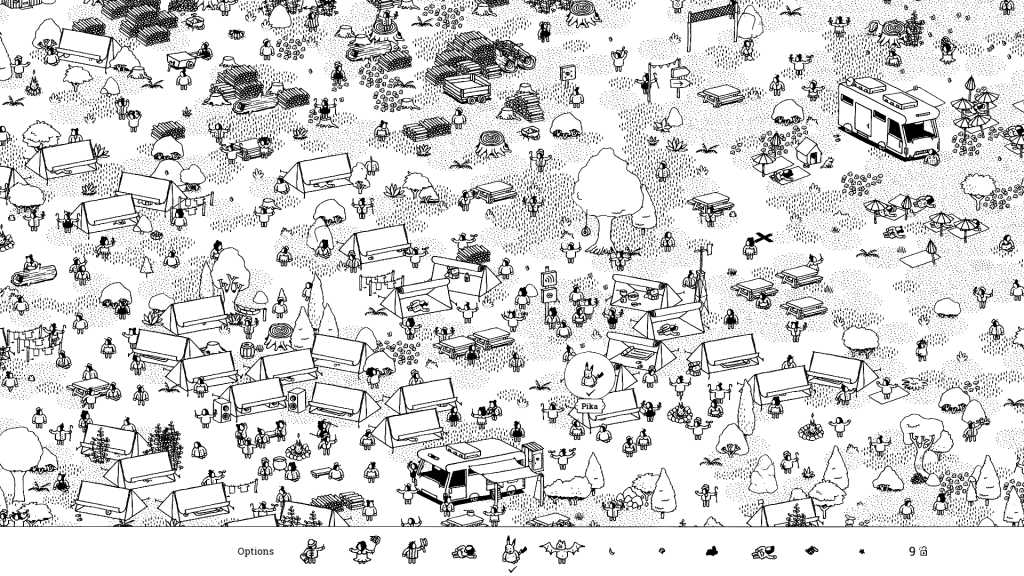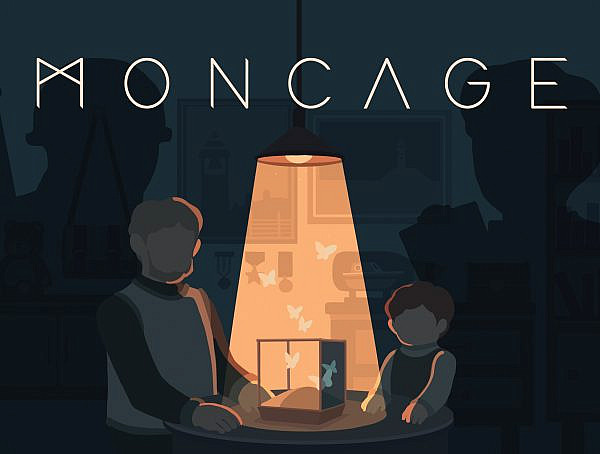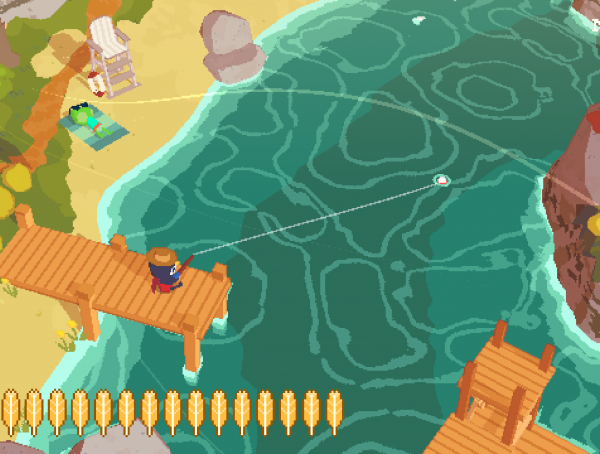Of all the casual games that I’ve played, Hidden Folks is one that brings me the most gleeful joy. To say that the game is just another “Where’s Wally” game on the digital screen is to undermine the elegance of its execution of the wimmelbilderbuch genre. Despite having the same premise of looking for hidden characters (and occasionally objects) on an impossibly huge canvas, designer Adriaan de Jongh has made it so that every moment you spend in the game is a moment of discovery.

The minimalistic hand-drawn art style and mouth-made sound effects make the first impressions of the game. Almost all in-game objects that you can interact with has a unique sound effect paired with it. From human sounds, animals grunts in the jungle (one click on a crocodile will forever change how you see the species), to the beat of bass from a boombox in a dessert party are all done by a single person. The level of detailed work gives the player a glimpse of heart that goes into the game design, and the silliness that ensues at each interaction you have with the game is what makes Hidden Folks such a unique experience.

But there’s more depth in the game design. Hidden Folks packs in multiple layers of fun – making the frustrating task of locating a golf ball in a packed neighborhood enjoyable. The hints always give you a clue of a specific area. With some puzzle solving, you might be able to achieve that Eureka moment by yourself. But even if you’re just scanning and clicking away on the elaborate page of doodles, the individuality of each person/object stands out because of how they interact with their surroundings. This paints an interesting little world that always tells you something more about the little people each time you poke them with your mouse cursor.
The game presents the player with a clear objective but doesn’t dictate how it should be played. Unlike most hidden-objects or puzzle-solving games in the market, there’s no time limit or penalty for clicking way too much too often. It doesn’t matter if you’re the type of player who zoom-and-enhances to scrutinize every single detail, or the random clicker who goes by the motto of click-it-till-you-find-it, Hidden Folk is guaranteed to deliver on the giggles no matter how you approach it. The design permits you to move on to the next level as long as you’ve found a minimum number of things listed, but I’ve found the endearing characters with humorous scenes suffice for me to persevere until I’ve had all the ticks I’m supposed to get. Even that means clicking haphazardly on the map sometimes when my detective brain feels worn out.

For me, Hidden Folks is a more pleasant redefinition of the casual game genre – a feel-good game that you revisit every now and then knowing you’re able to enjoy it regardless. The charm of the game lies in its ability to encapsulate you with its intricate delivery, and keeps you around with some silly, and delightful sense of humor. The only drawback, which I think makes all the levels all the more precious, is that you won’t get enough of the game – and there are only 20 of those existing.
–
Initial release date: February 15, 2017
Designer: Adriaan de Jongh
Genre: Puzzle video game
Platforms: Android, Microsoft Windows, iOS, Linux, macOS, Macintosh operating systems
Developers: Adriaan de Jongh, Sylvain Tegroeg
You might also like
More from Game Reviews
Mining, Mayhem, and Bugs: A Deep Rock Galactic Review
Fight monsters, mine riches, and cause chaos with your dwarf crew — welcome to Deep Rock Galactic!
Microsoft Solitaire: classic games to kill time
Perhaps the most played games in offices worldwide, Microsoft Simulator is a pinacle of design from the era where games …
Reviewing Elden Ring amidst Elden Ring Nightreign hype
Elden Ring Nightreign is coming soon, so now might be a great time to take a another look at Elden …















